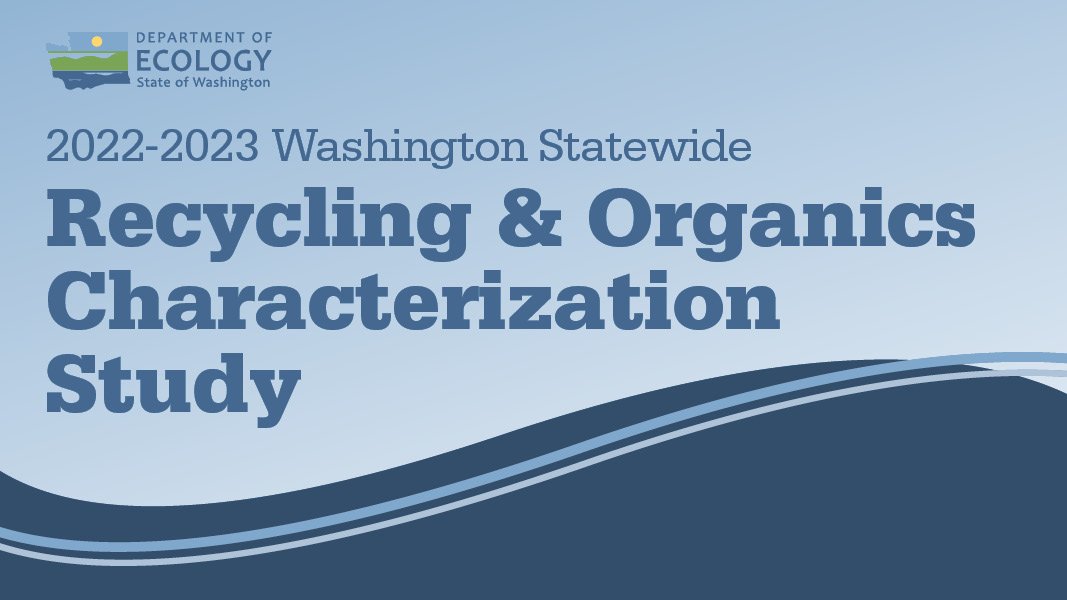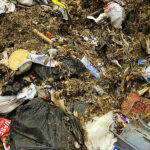Top: Image courtesy Department of Ecology, State of Washington
Washington State’s “2022-2023 Recycling and Organics Characterization Study” analyzes commingled inbound and outbound recycling and inbound organics from a representative selection of facilities throughout the state. The state’s Department of Ecology commissioned Cascadia Consulting Group (Cascadia) to complete the four-season study, released in July 2024. The main objective was to track the types, quantities, waste generating sectors, systems of collection, and recoverability potential of materials in the recycling collection and processing system and the organics collection system. The findings enable the Department of Ecology, local governments, and other interested parties to assess trends over time and across geographic areas, generator types, and materials to support data-driven decision-making at the state and local levels, according to the introduction. Based on 2021 hauler reports, an estimated 1,522,000 tons of recycling and organics materials are collected annually by haulers statewide and represent the subset of tons targeted in the study. Of these tonnages, an estimated 624,300 tons (41%) are recycling, and an estimated 897,700 tons (59%) are organics. Statewide, recycling and organics material collected per capita per day in streams targeted for this study is estimated at 1.07 pounds (lbs) per day. The Northwest region accounts for 50% percent of the statewide population, or an estimated 1.38 lbs/capita/day. Of that total, 45% is residential inbound organics, followed by residential inbound recycling (35%).










